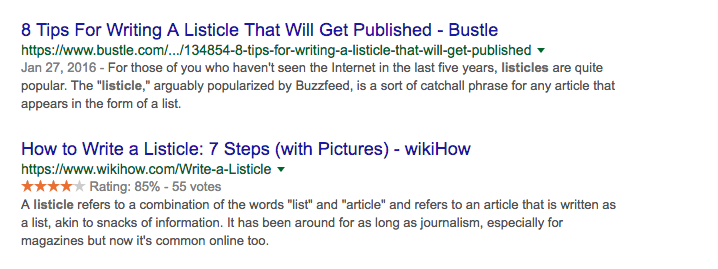The golden age of social media for brands is over.
Organic reach is dead.
Clickbait is done for.
Listicles have lost their shine.
Social sharing has stalled.
These are some of the key findings of new research by Buzz Sumo, which analysed 100 million blog posts over three years.
This research should serve as a warning to brands, businesses, and agencies that are continuing with the same approach to content marketing.
Here’s a summary of the findings:
The bad news
- Social sharing has halved since 2015
- There has been a steep decline in “viral” posts
- Clickbait-style headlines and listicles are far less effective
- We’ve reached the point of content saturation (massive understatement!)
- Most posts get zero backlinks
The good news
- Authoritative, original content consistently gains shares over time
- Sharing on LinkedIn has grown significantly
What does this mean?
The key message from this research is the old way of doing things no longer works in 2018.
We saw the new Facebook newsfeed claim its first scalp last week, with digital publisher Little Things shutting down after its organic traffic fell 75 per cent.
Other viral publishers are experiencing similar declines in traffic. I’m sure brands are also feeling the pinch.
This all points to the need for a fresh approach. Not necessarily a new approach. But change is mandatory.
Let me explain…
The past five years has been a frantic content arms race between brands and publishers. We’re all drowning in content – videos, articles, blogs, email newsletters, listicles, memes – you name it.
I remember when I first started seeing listicles in my newsfeed. It started with Buzzfeed. Other publishers quickly followed.
I found them irresistible. 5 things that will change your life and make you rich – I mean, how could you not click that?
There were even listicles on how to write listicles.

Now when I see a listicle, I am immediately turned off. They’ve let me down too many times. I see through the clickbait.
Audiences (read: real people in real life) have developed finely-tuned bullshit detectors. Generations Y and Z are even more aware.
People have been fed a diet of snackable content for too long and now they’re getting sick of it. They’re also being shown less of it thanks to Facebook’s algorithm updates.
So what we have is a glut of low-quality content being shown to fewer people who have less interest in it.
What was once the “get rich quick scheme” of marketing has become its Achilles’ heel.
This is the world in which businesses and brands are operating.
Sounds like fighting a losing battle, huh?
But I’m more optimistic. I see challenges like this as an opportunity. You just have to be prepared to invest in content marketing long-term.
Opportunity in adversity
A key takeaway from Buzz Sumo’s research is that “sites that have built a strong reputation for original, authoritative content” are winning the long game, consistently getting more clicks, shares, and engagement over time.
“Authoritative evergreen” content also continues to do well.
In simple terms, quality, in-depth content that provides lasting value stands the test of time.
Perhaps the best example of this is that far fewer people are sharing content from viral websites Buzzfeed and Upworthy, while far more people are sharing articles from the New York Times.
We seem to have hit a tipping point where people are returning to trusted, high-quality sources of information.
This is a symptom of content saturation. When audiences become overwhelmed with choice, we tend to opt for sources of substance, or reputable brands.
This is where the opportunity lies for brands.
Thinking long-term
Few brands are willing to invest in high-quality content over the long-term.
They want results. They want graphs and analytics and sales, and they want them now.
The BuzzSumo research shows what happens when brands and publishers take that approach. It might work for a while, and then it doesn’t.
Then you’ve got a website full of mediocre content and an audience that’s searching for something more.
Brands that invest in quality and authority will win the long game. It’s the classic story of the tortoise and the hare.
Quality content takes longer. It’s more subtle than those sponsored advertisements you see on social media. It requires research. It takes skilled writers, videographers, and designers to produce. It costs money.
But over time, people will recognise you as the authority in your market. They will turn to you as a trusted source of information. They will share your articles and videos on social media.
There’s no reason why Macpac or Kathmandu can’t be the go-to resource for adventure-related content in New Zealand.
There’s no reason why Ecostore shouldn’t be the home of environmental-friendly lifestyle content.
There’s no reason why Hallensteins can’t produce the best men’s fashion and lifestyle content.
It just comes down to what brands choose to invest in.
Stick with easy, fast, and low-quality content and see where it gets you. Be like the hare.
Or invest in hard, slow, and high-quality content and maybe, just maybe, you’ll win the race.




